© ROOT-NATION.com - Use of content is permitted with a backlink.
This is going to be an experimental review—just a straightforward look at the Canyon PB-2008 power bank. This model packs a solid punch, with a capacity of 20,000 mAh (or 74 Wh), making it capable of charging even laptops. It supports output up to 100W and input up to 65W, delivering strong performance for a range of devices. Its design is appealing, it’s compact, easy to carry, and does the job as expected.
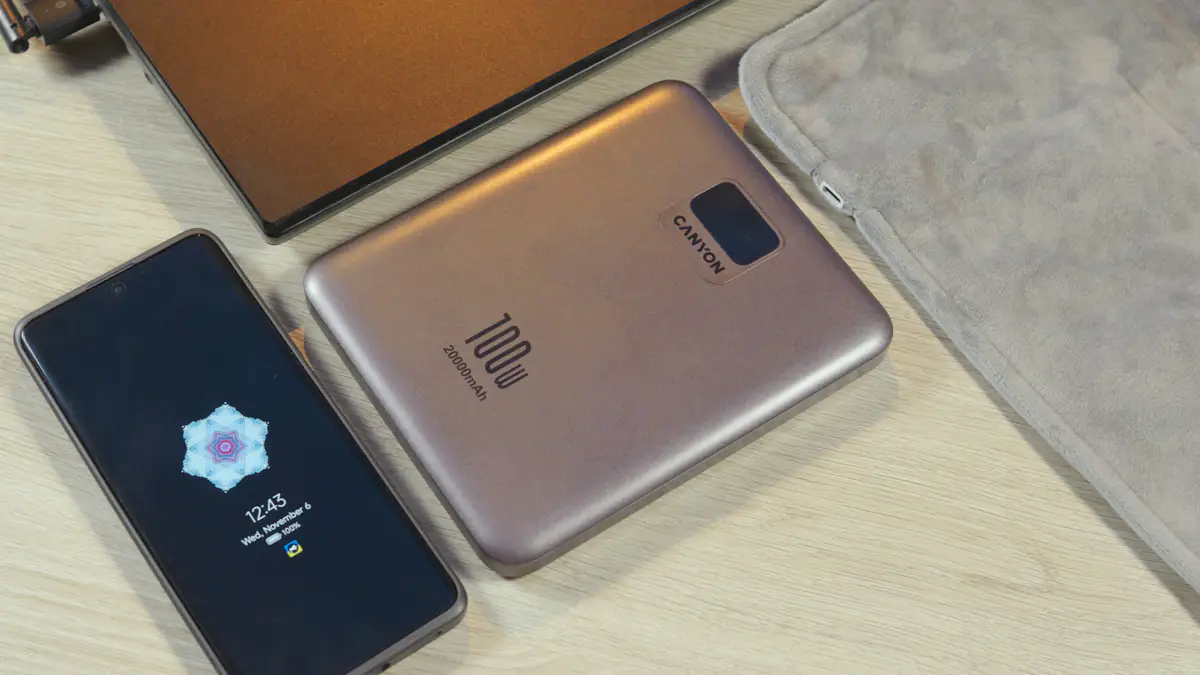
Canyon PB-2008 video review

Market position
As of this review, the Canyon PB-2008 is priced around $85 or €78, positioning it below flagship models. Keep that in mind, as top-tier options can easily run twice the cost.
Package contents
The Canyon PB-2008 comes with a basic set of accessories. Inside the box, you’ll find the power bank itself—which arrived with a charge of about 34 percent—alongside a user manual and a USB-C to USB-C cable. The cable is short and notably stiff, but this isn’t necessarily a downside; it doesn’t need to be flexible like a mouse cable, where flexibility matters. While I can’t speak for other cables, this one seems durable enough to withstand bending without breaking.

External appearance
One thing I found disappointing about the Canyon PB-2008 is its build material. It’s made of plastic with a metallic finish, rather than actual metal. This isn’t necessarily a flaw, but it stands out if you’re used to flagship models that typically feature a full metal body.
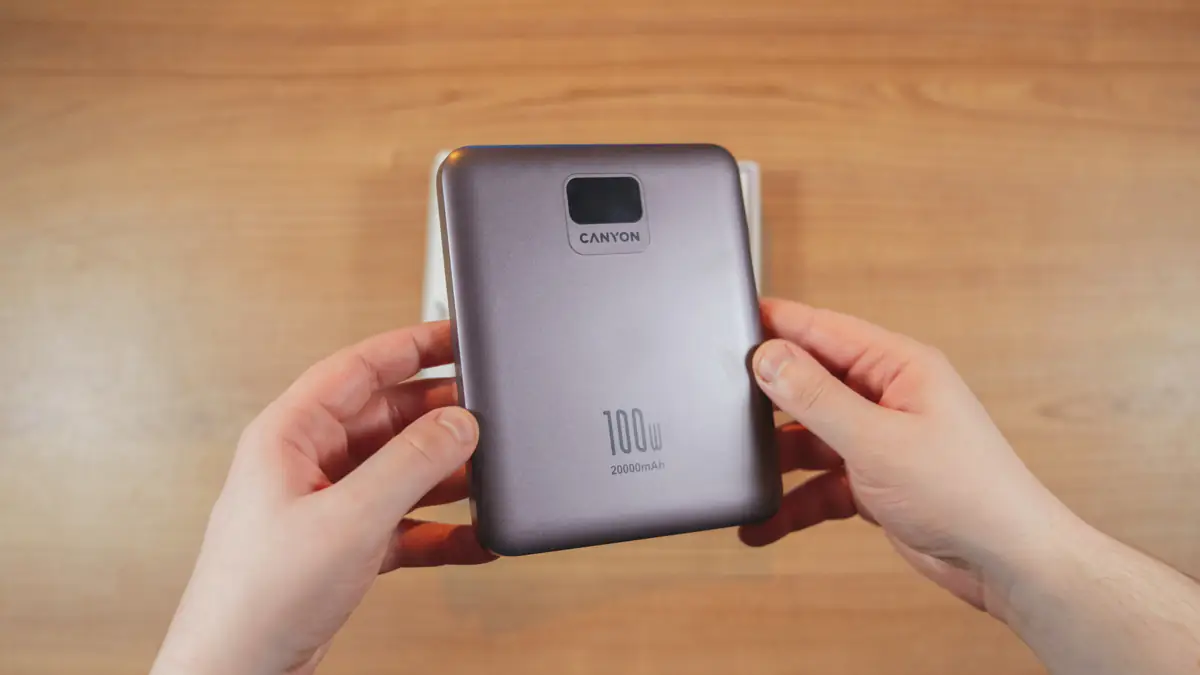
In reality, the plastic build doesn’t hinder the PB-2008’s performance at all—if anything, it actually helps. Its plastic casing keeps the weight down compared to my other power banks, which come in around 480g. As for heat dissipation, while metal cases typically handle it better, other, more technically focused reviewers have shown that this model doesn’t generate enough heat to cause issues. This is likely due to its design, as it has a broader surface area compared to taller, narrower alternatives.
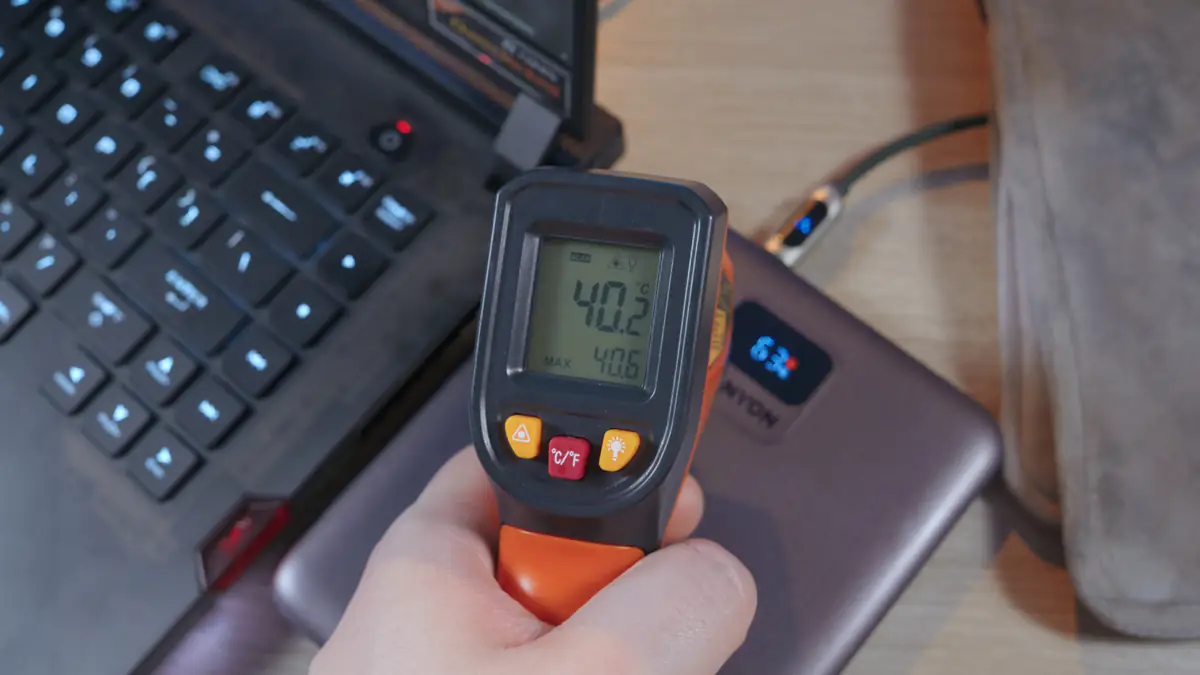
I assumed the design was linked to the type of batteries used inside. For instance, Li-Ion power banks commonly use standardized cell sizes like 21700 or 16500. In the past, high-capacity power banks were assembled from these standard cell types, which largely dictated their form factor.
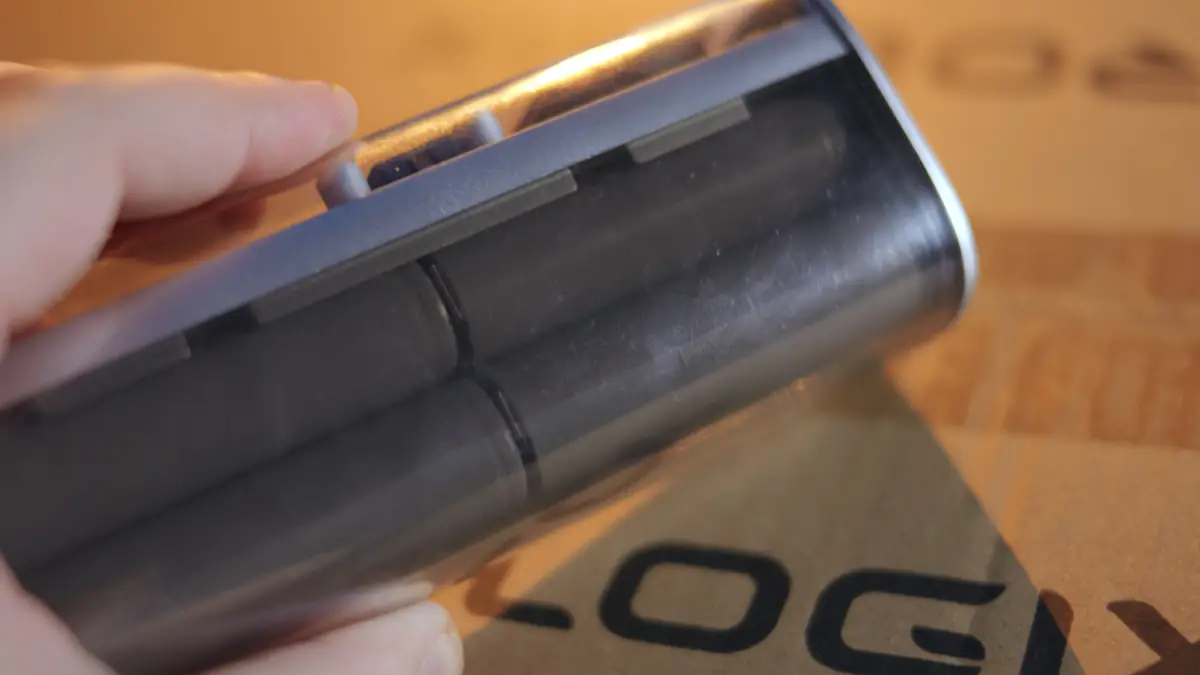
However, the Canyon PB-2008 uses Li-Polymer batteries, which don’t follow the “classic” standardized sizes. Li-Polymer batteries are more similar to those found in smartphones, allowing for greater flexibility in thickness and overall shape. This means the power bank can be designed with practically any thickness, providing more freedom in its form factor than traditional Li-Ion models.
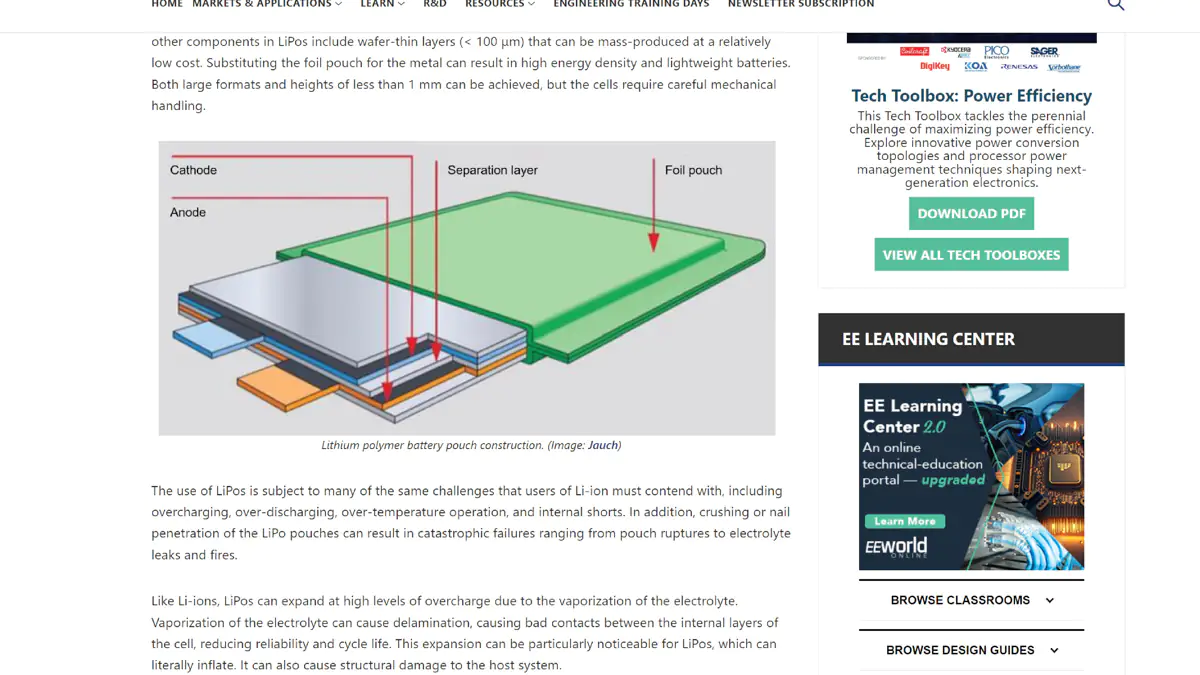
That said, making this battery too thin isn’t advisable either. Reducing the thickness would limit capacity, and it’s best to avoid bending it. Additionally, the plastic casing provides some protection against external factors and should maintain at least a minimal thickness to ensure basic durability.
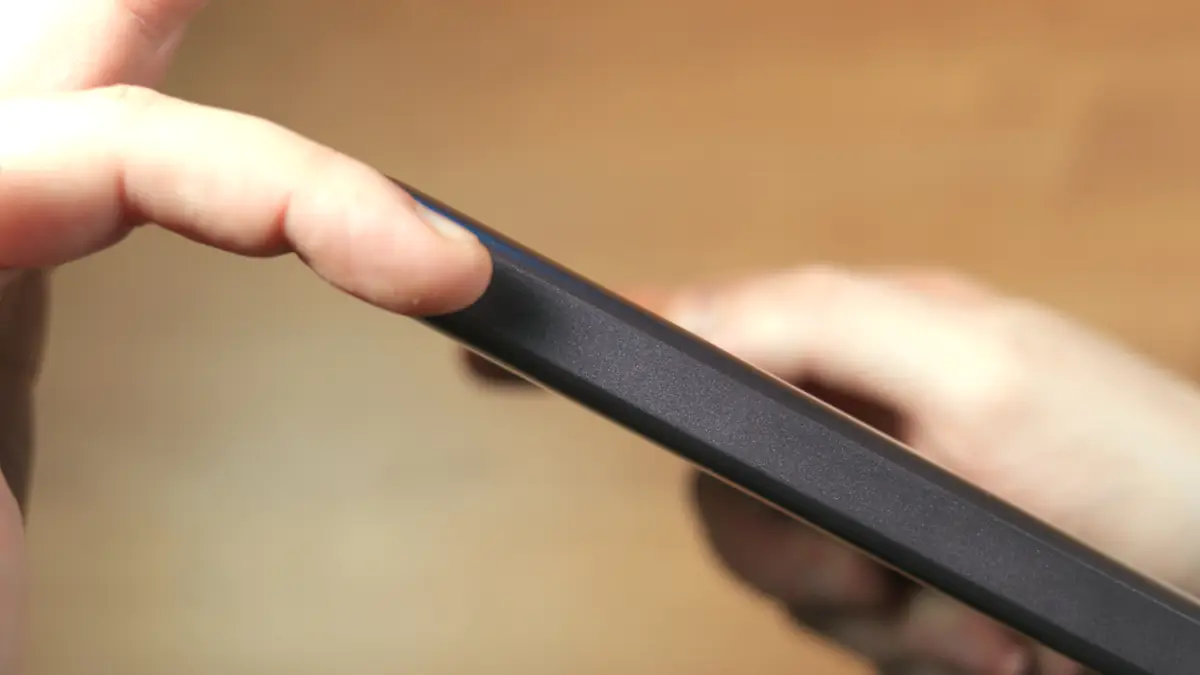
The Canyon PB-2008 offers a 20,000 mAh capacity, or 74 Wh, which is comparable to that of an average gaming laptop. For instance, my ASUS ROG Scar 15 G533QS originally had a battery capacity of 90 Wh, though over time it’s decreased to around 80 Wh.
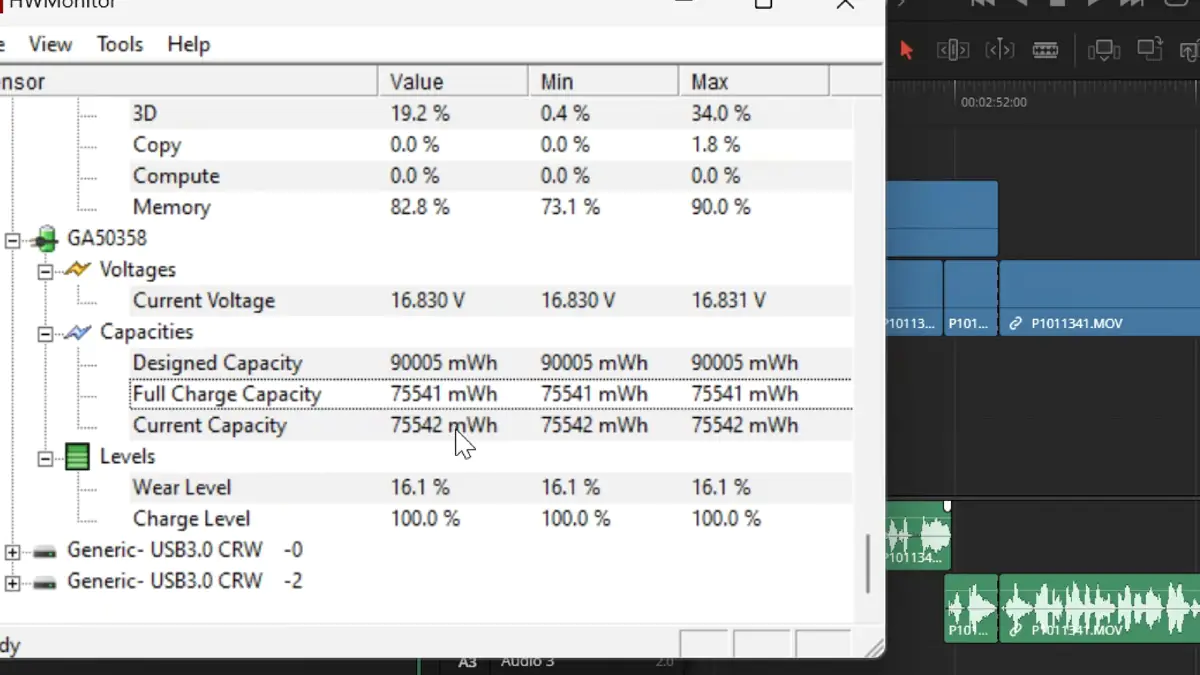
So, this power bank can fully charge my laptop up to 90% from 0%. If we consider my current smartphone with a 18 Wh battery, it would be enough to charge it over three times.
Charging speed
As for the speed, everything is fine. I won’t provide the full list of power standards for all four ports since it’s a page-long, but you can check it out on the official website, and I’ll provide the link.
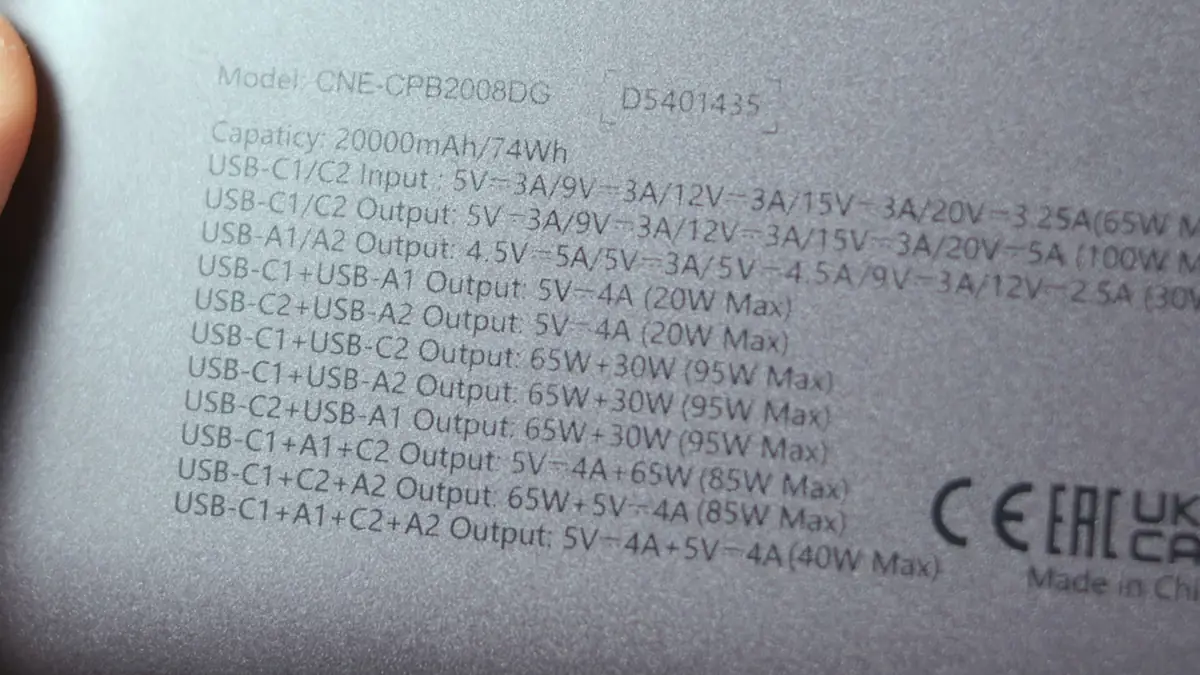
The only thing I’ll mention is that, clearly, you won’t get more than 100W from all the ports combined (there are four, two Type-A and two Type-C), so keep that in mind. This will be obvious to many, but if this is your first power bank review, don’t expect miracles. Also, the power bank does NOT support passthrough charging. Well, it does support it, but not seamlessly.

In other words, if the power goes out, it won’t serve as an emergency UPS, like for your router. From what I’ve been told, passthrough charging works properly only with lithium-ion batteries. Moreover, for routers, there are much more traditional systems available, and they’re cheaper, though they offer less capacity.
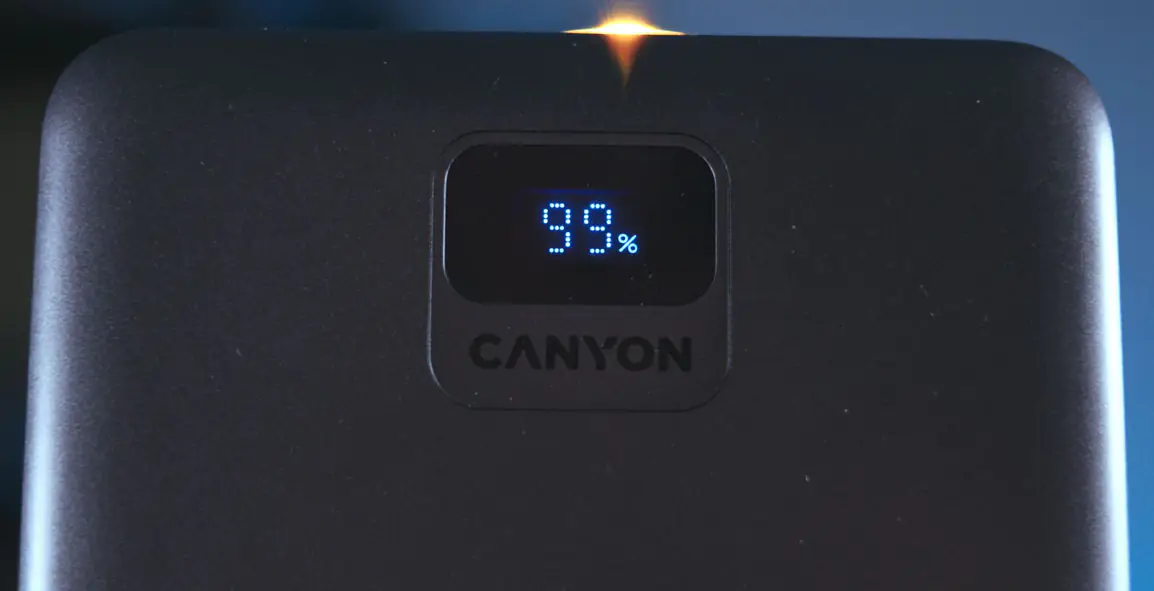
As for fast charging support, the Canyon PB-2008 handled 100W output via Power Delivery without issues and accepted 65W input from a proprietary 120W Xiaomi charger, meaning the PD support is legitimate.

There is no mention of support for more exotic standards, and that’s actually a good thing. USB standards have developed enough that the need for various glitchy and less popular charging protocols, like Super FlashCharge, has essentially disappeared. Power Delivery should be more than sufficient for most users.
Conclusions
You can be 100% sure that I will be using the Canyon PB-2008 to charge my laptop, smartphone, and even warm up with electric blankets — expect a follow-up on that soon. This power bank is compact, visually appealing, capacious, and versatile. Even its screen barely flickers when filmed! In fact, the quality of the components is sometimes even excessive. So yes, I recommend it.
Read also:
- ASUS TUF Gaming VG259Q3A Gaming Monitor Review
- BLUETTI AC200L Portable Power Station Review: Reliable Backup Power for the Entire Home
- Mitsubishi Eclipse Cross Review: True Japanese Car – Modern on Outside, Conservative on Inside


Hey, great review!
Have you tried charging your laptop/device at max power (~70W) for longer than 10-15 minutes?
My brand new Canyon PB literally jumps from 44% to 1% immediately when I do it for longer than 10 minutes.
That looks like a memory problem. Charge powerbank fully – discharge it fully, charge again to 100% and discharge to 0, after next charge it will be normal.
It happens with a lot of batteries, charging stations included.